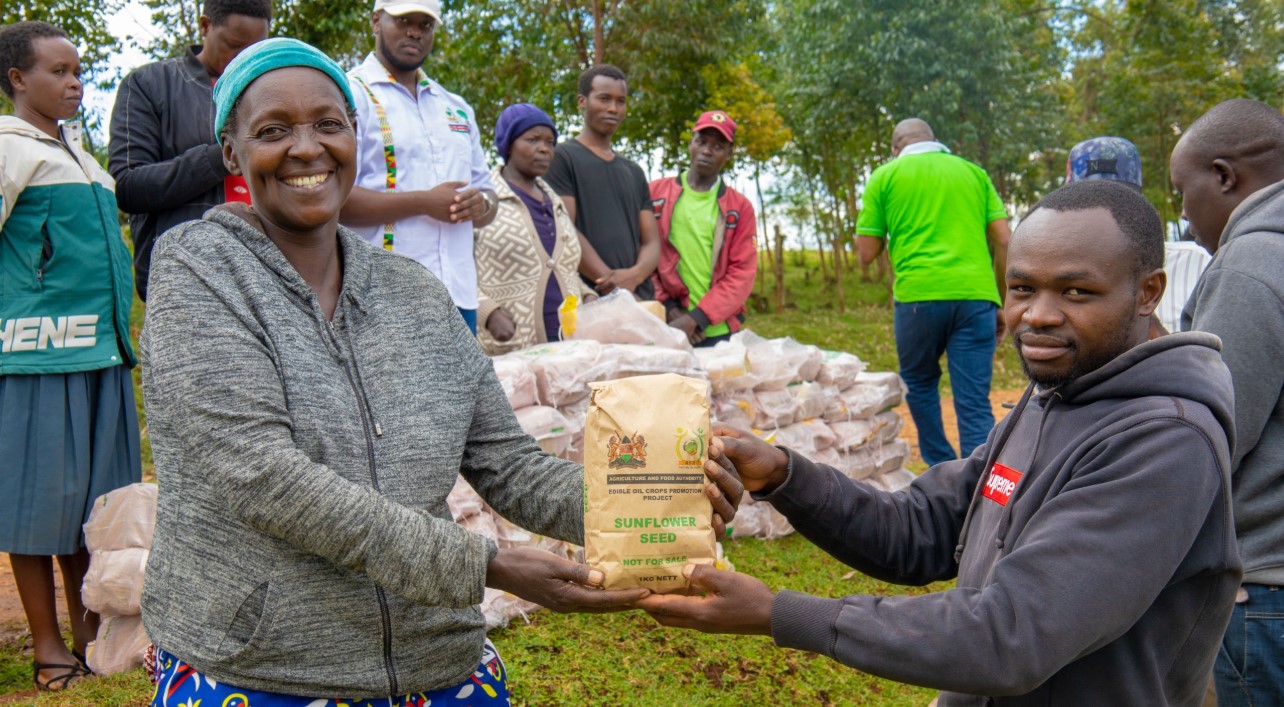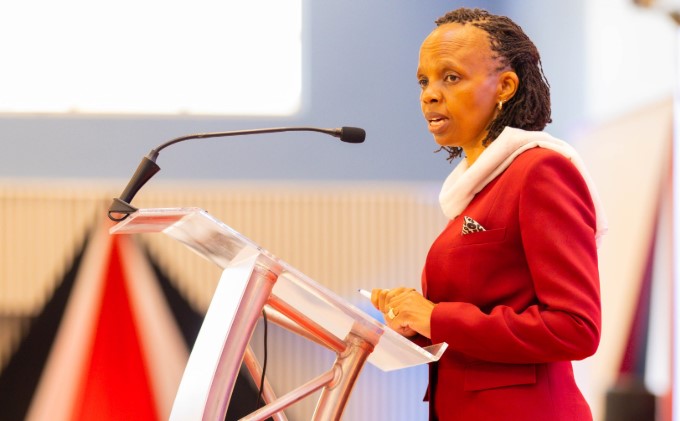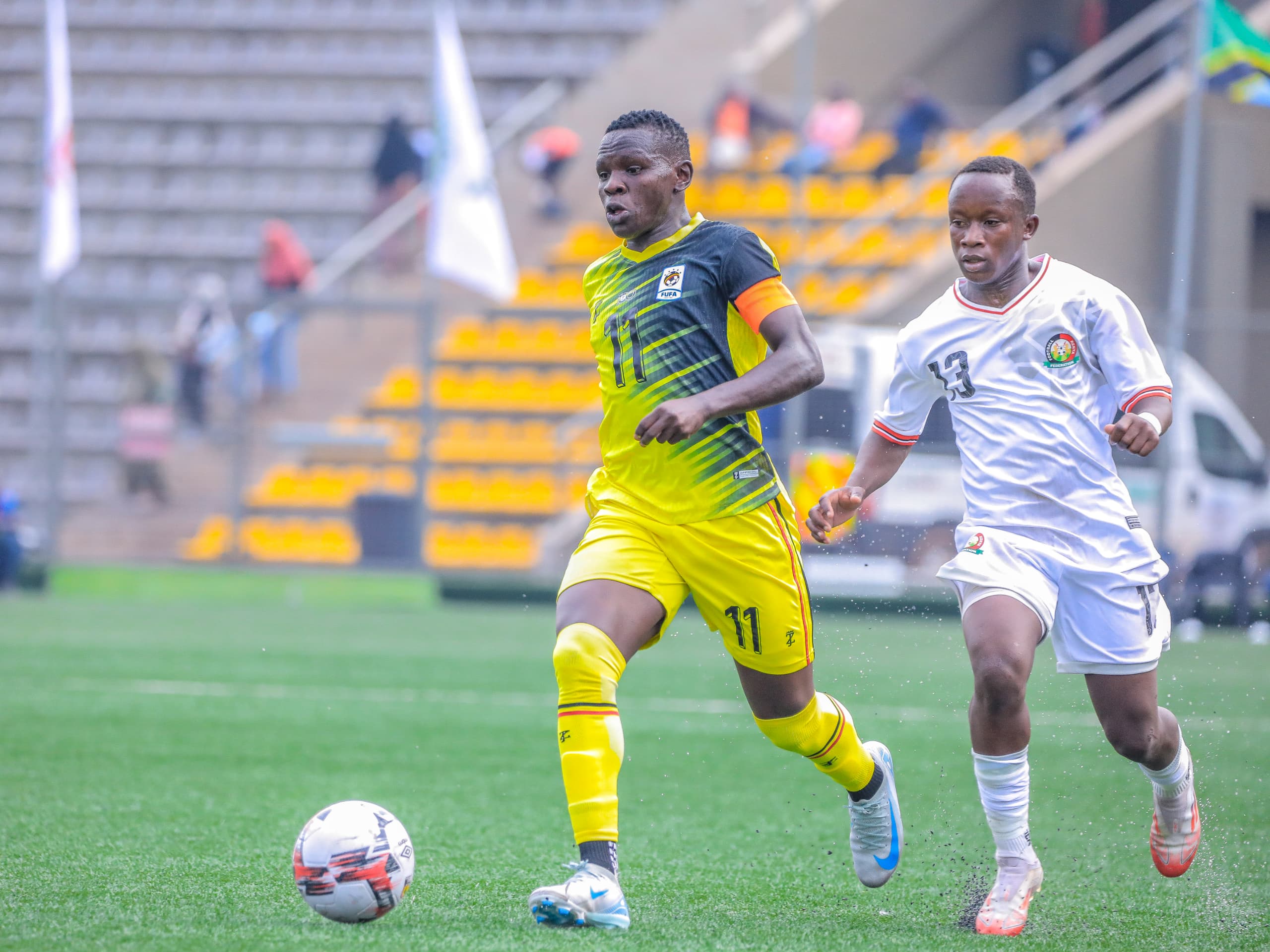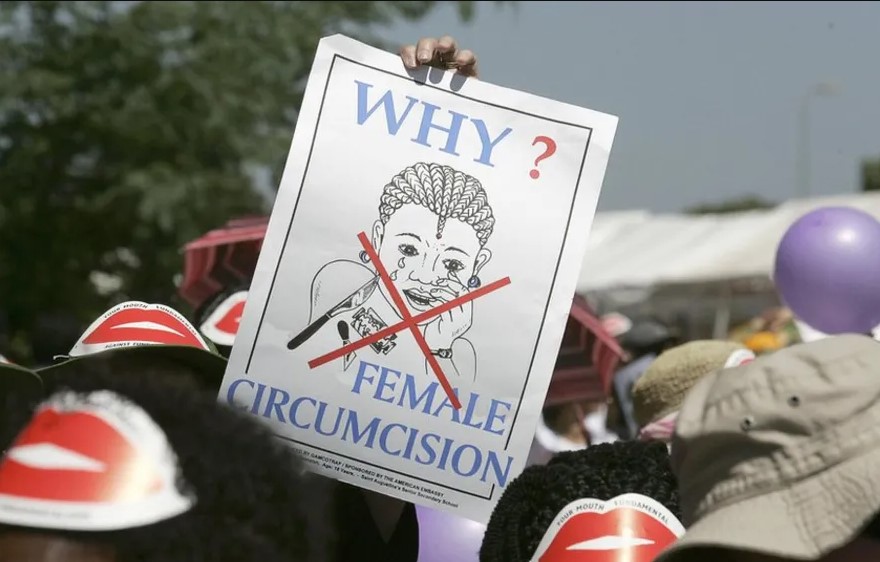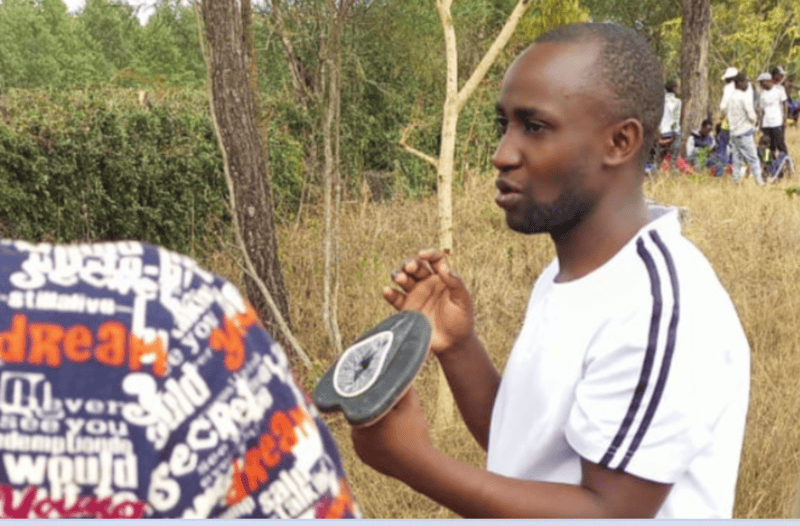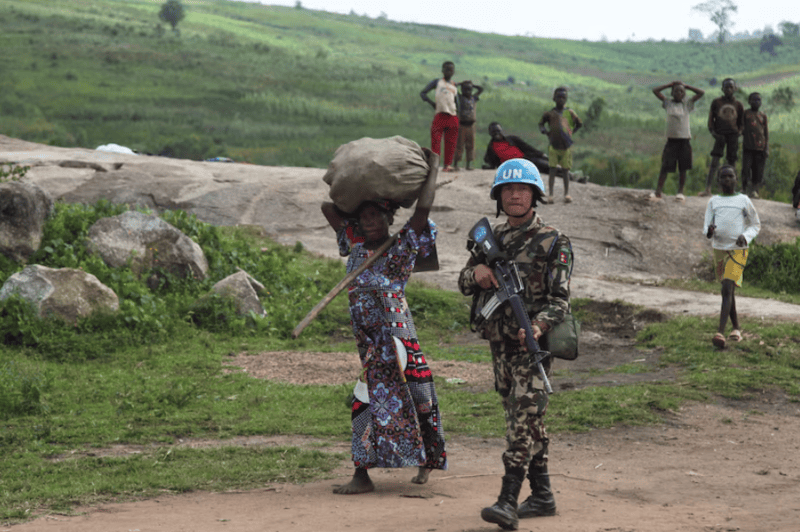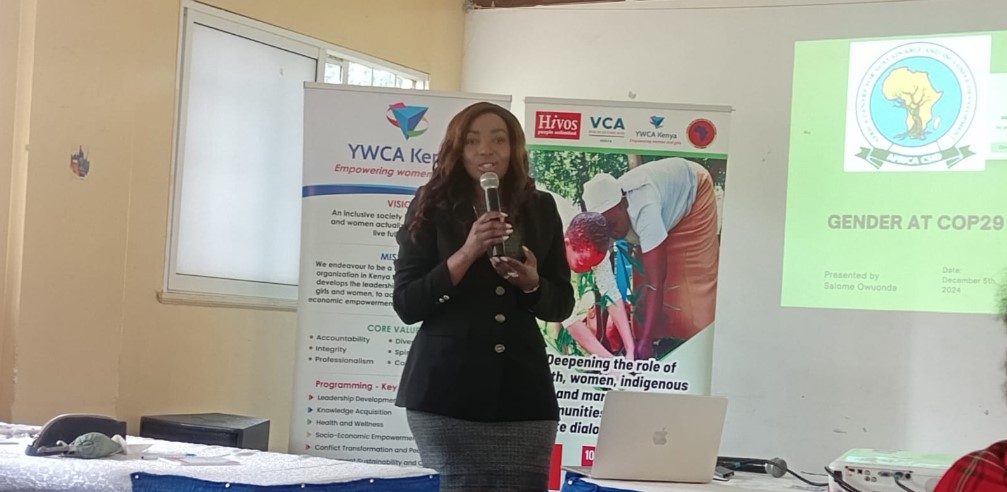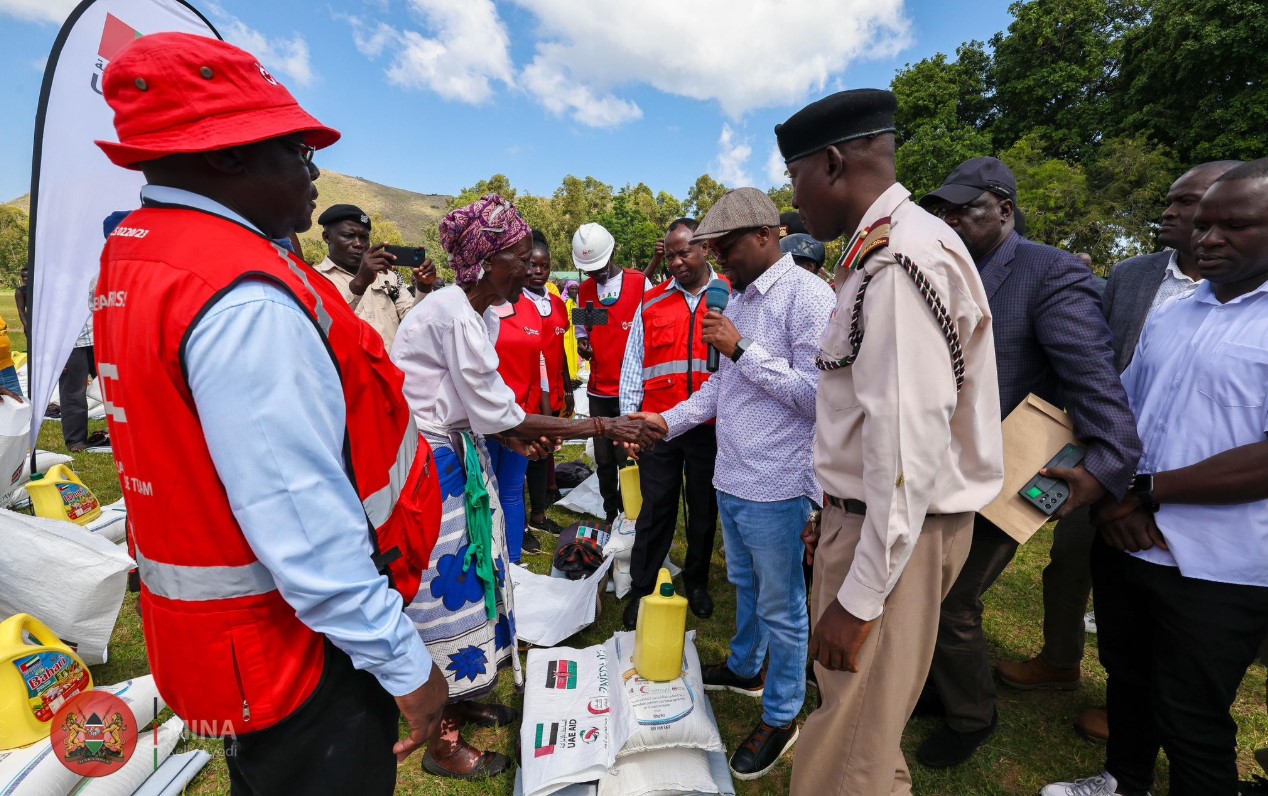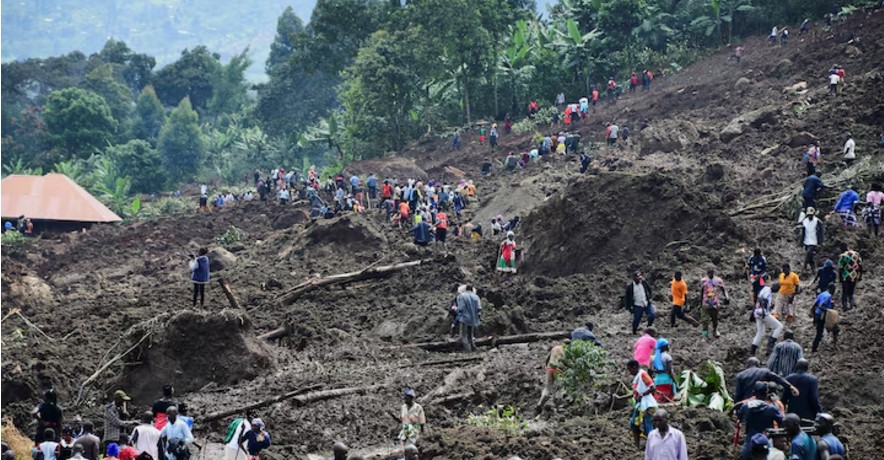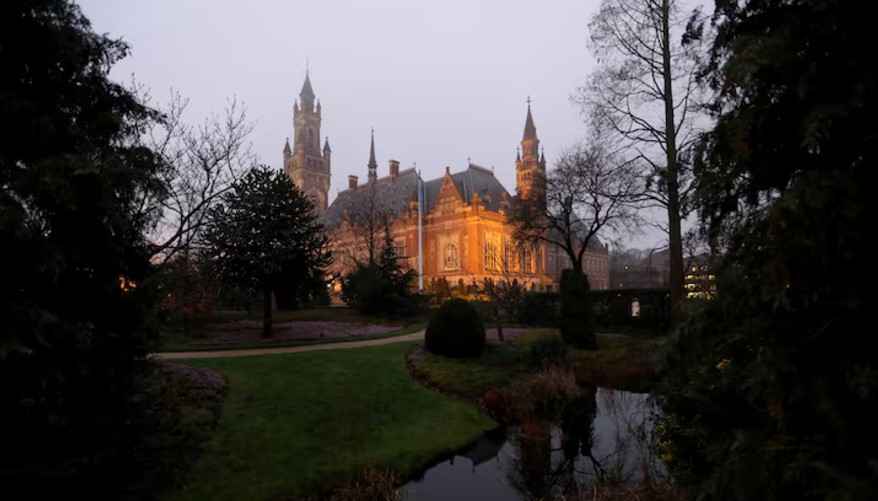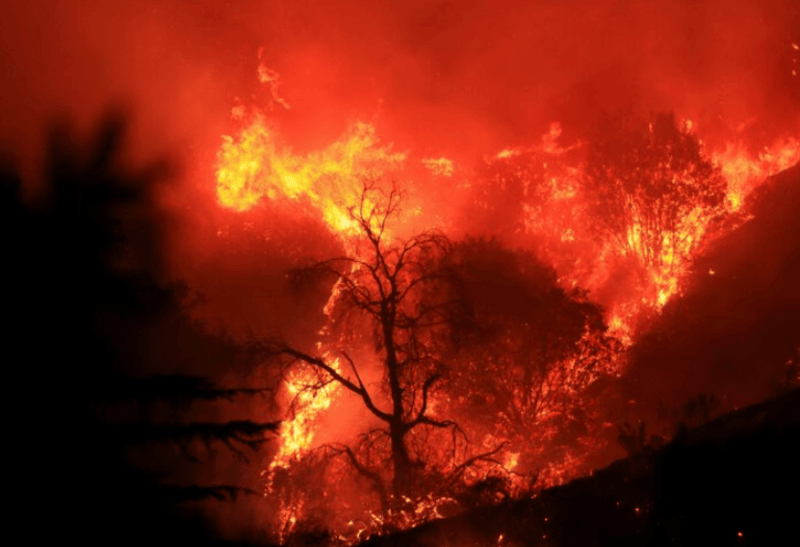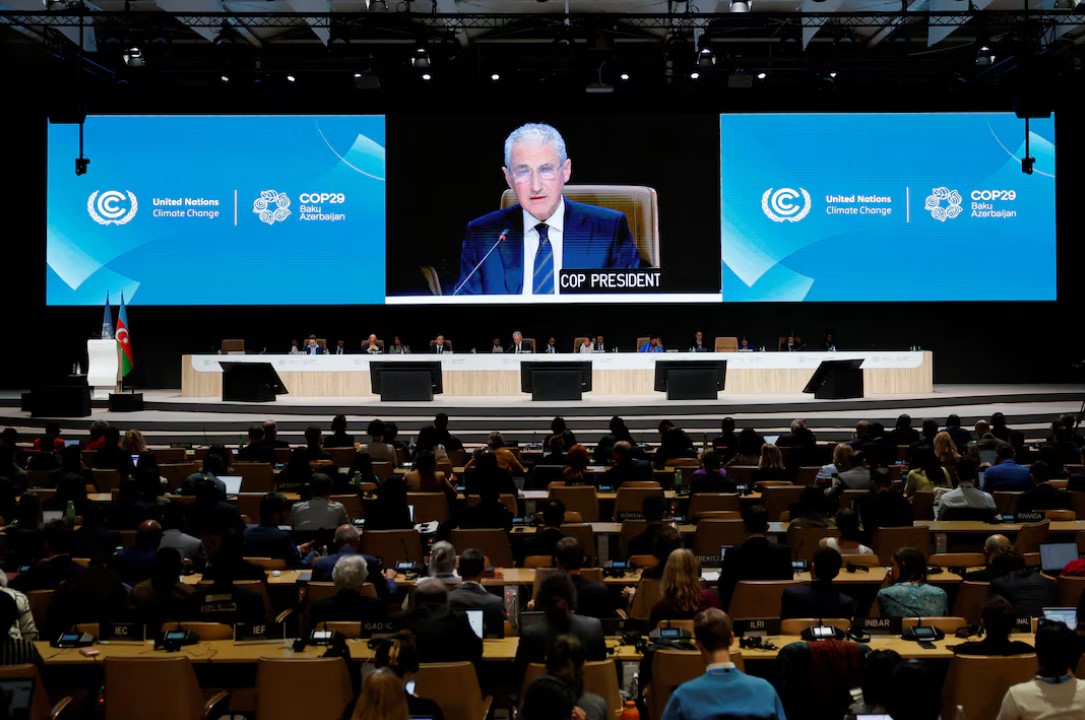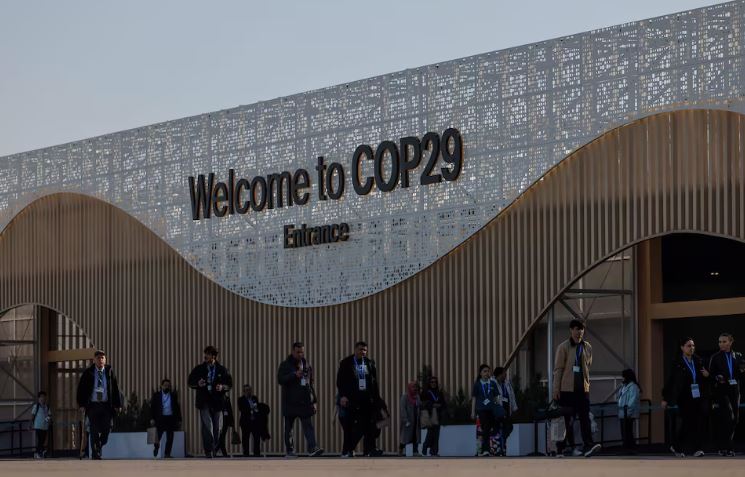Explainer: What’s COP28 and why is it important?
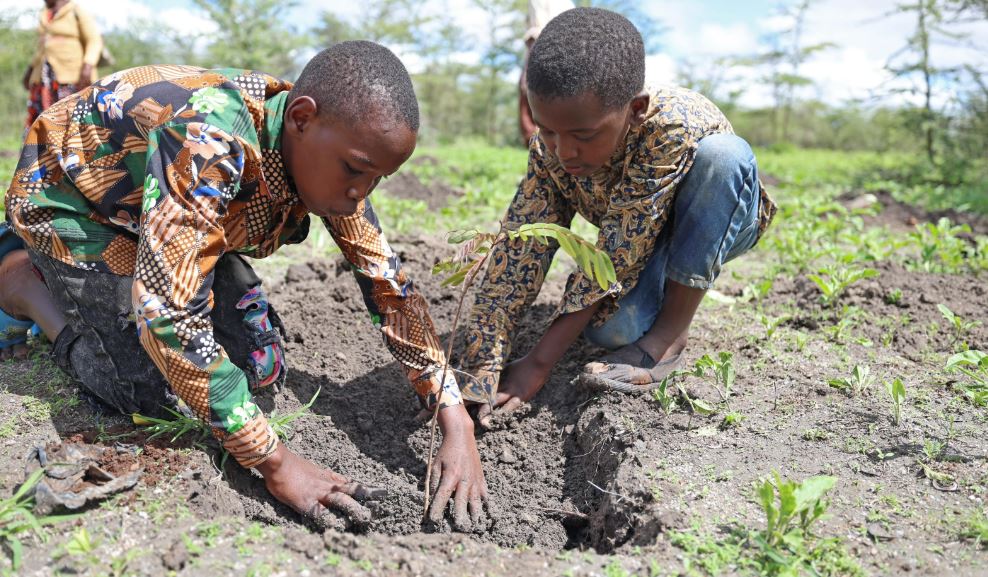
By United Nations |
World leaders are meeting from 30 November to 12 December, to chart an ambitious way forward in the global fight against climate change.
Global temperatures continue to reach record levels and, as the year draws to a close, the diplomatic heat is rising as all eyes turn to Dubai, United Arab Emirates, where world leaders are meeting from 30 November to 12 December, to chart an ambitious way forward in the global fight against climate change.
What is a ‘COP’?
Keep reading
UN climate conferences are government-level large-scale annual gatherings focused on climate action. They are also referred to as COPs – Conference of the Parties to the UN Framework Convention on Climate Change (UNFCCC).
The UNFCCC convention entered into force on 21 March 1994 to prevent “dangerous” human interference with the climate system.
Today, ratified by 198 countries, it has near-universal membership. The Paris Agreement, adopted in 2015, works as an extension of that convention.
Over 60,000 people are expected to attend COP28, including delegates from member states of the UNFCCC, industry leaders, youth activists, representatives of indigenous communities, journalists, and other stakeholders.
It is a critical moment for global climate action.
COP28 will provide us with a reality check – a culmination of a process called ”Global Stocktake” – on how far the world has come in tackling the climate crisis and how much of a course correction is needed.
Why is the COP28 conference important?
Since the adoption of the Paris Agreement on climate change at COP21 in 2015, subsequent conferences have revolved around implementing its key goal: halt global average temperature rise to well below 2°C and pursue efforts to limit the rise to 1.5°C above pre-industrial levels.
If Paris gave us the agreement, Katowice (COP24) and Glasgow (COP26) showed us the plan. Sharm el-Sheikh (COP27) then shifted us to implementation.
Now, COP28 is expected to be a turning point, where countries not only agree on ‘WHAT’ stronger climate actions will be taken but show ‘HOW’ to deliver them.
 Students plant mangroves in an effort to mitigate damage to Cambodia's coastline. (Photo: UNDP/Manuth Buth)
Students plant mangroves in an effort to mitigate damage to Cambodia's coastline. (Photo: UNDP/Manuth Buth)
Measuring the progress towards achieving the Paris goals on mitigation, adaptation and climate finance and adapting existing plans is a key part of the puzzle, and this is why COP28 assumes more significance.
The first global stocktake, which began at COP26 in Glasgow, will conclude in Dubai.
The process is designed to help identify what more still needs to be done and guide countries towards more ambitious and accelerated climate action plans.
So, the decision adopted by the parties at COP28 could emerge as the most consequential outcome following the 2015 Paris Conference.
What is at stake?
Quite literally, the health of our planet and humanity’s well-being.
“Antarctica has been called the sleeping giant, but it is now being awoken by climate chaos,” UN Secretary-General António Guterres warned during his visit there ahead of COP28.
Antarctic sea ice is at an all-time low. New figures show that this September, it was 1.5 million square kilometres smaller than the average for the time of year – “an area roughly the size of Portugal, Spain, France and Germany combined”.
“All of this spells catastrophe around the world,” he said. “What happens in Antarctica doesn’t stay in Antarctica. And what happens thousands of miles away has a direct impact right here.”
Over a century of fossil fuels burning and unsustainable energy and land use has already led to a global warming of 1.1°C above pre-industrial levels. Every increment of warming is likely to exacerbate the intensity and frequency of extreme weather events such as heatwaves, flooding, storms and irreversible climate changes.
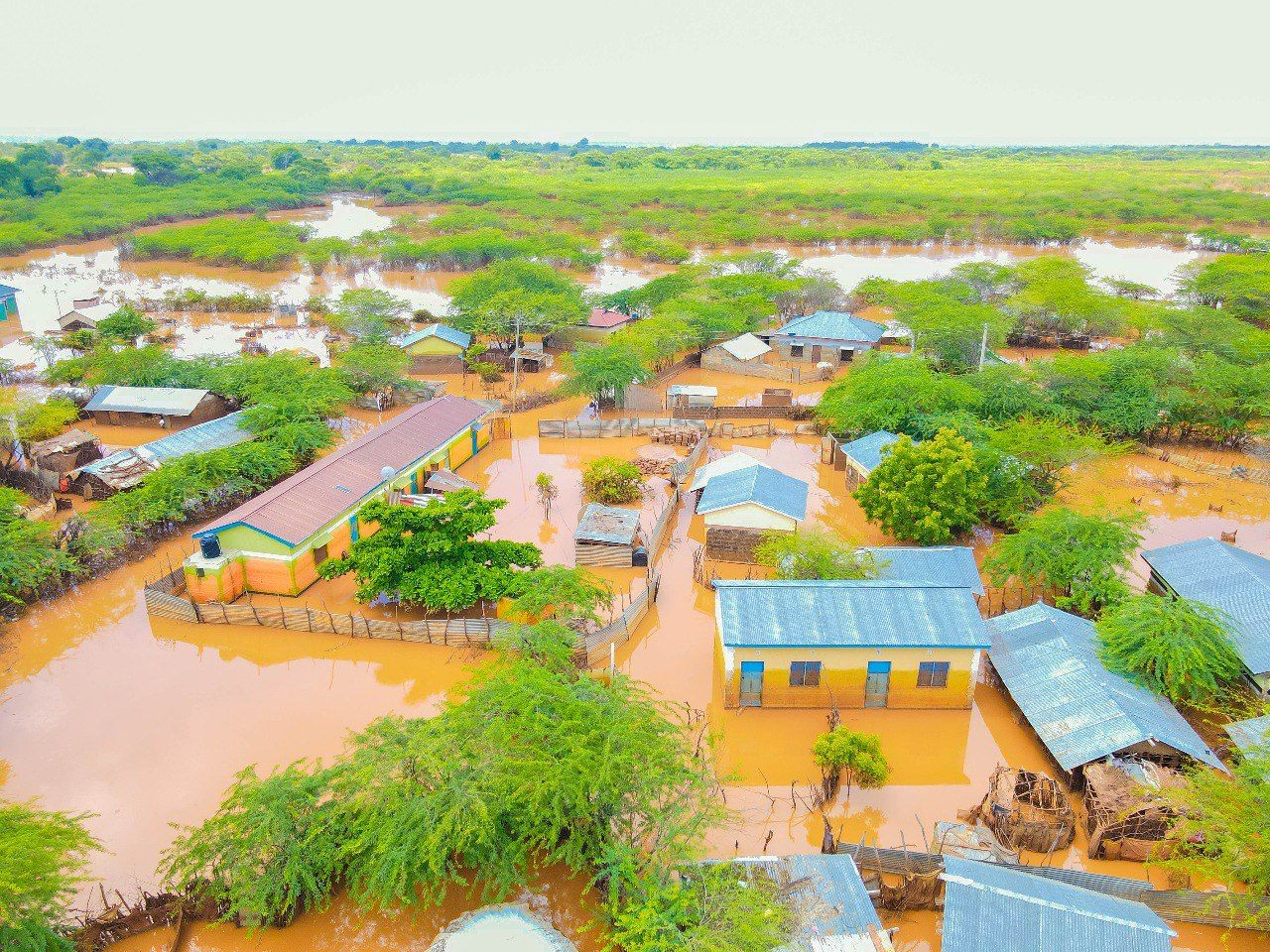 Drone images of the current situation in Garissa town. (Photo: Amin Abubakar)
Drone images of the current situation in Garissa town. (Photo: Amin Abubakar)
2023 is on track to be the hottest year, while the past eight years were the eight warmest on record globally, fuelled by increasing greenhouse gas concentrations and accumulated heat.
Guterres has sounded the alarm on several occasions with the warning that if nothing changes, we are heading towards a 3°C temperature rise – towards a dangerous and unstable world.
“Humanity has opened the gates of hell. Horrendous heat is having a horrendous effect,” he said.
Almost half of the world’s population lives in regions highly vulnerable to climate change.
The least developed, landlocked and small island countries may have contributed little to this crisis, but they are the ones on the frontlines, having to deal with its deadly consequences.
What do we mean by stronger climate action?
The UN Secretary-General has repeatedly sent stark reminders that the current urgency for climate action is dwarfed by the scale of the crisis, but the “future is not fixed”.
The science is clear: it is still possible to limit temperature rise to 1.5°C and avoid the worst of climate change, “but only with dramatic, immediate climate action”, which includes:
- A 45 per cent reduction in greenhouse gas emissions by 2030 compared to 2010 levels.
- Achieving global net zero emissions by 2050.
- A “just and equitable transition” from fossil fuels (oil and gas) to renewable energy sources.
- Increased investments in adaptation and resilience to climate disruption.
But, there is more – such as fulfilling the financial commitments in support of developing countries, securing $100 billion in climate finance annually and operationalizing the loss and damage fund, which was agreed upon last year at COP27, delivering climate justice.
However, the UNFCCC’s nationally determined contributions (NDCs) synthesis report released in November shows that the world is failing to get a grip on the climate crisis.
 UN Secretary-General António Guterres (centre) visits the Frei Antarctica base. (Photo: UN Photo/Mark Garten)
UN Secretary-General António Guterres (centre) visits the Frei Antarctica base. (Photo: UN Photo/Mark Garten)
“Global ambition stagnated over the past year and national climate plans are strikingly misaligned with the science,” the UN chief said.
How will COP28 contribute to the global fight against climate change?
Almost eight years after the Paris Agreement and halfway through the 2030 Agenda, COP28 is a timely opportunity to embark upon a new path towards effective climate action.
As several UN reports show, the world is not on track to meeting the Paris Agreement’s goals, but the hope is that governments at COP28 will lay out a roadmap to accelerate climate action.
In 2020, individual countries came up with national climate action plans aimed at reducing national emissions and adapting to climate change impacts.
With the next round of these plans scheduled for 2025, the outcome of the global stocktake process could encourage countries to raise ambition and set new targets, exceeding existing policies and commitments.
With so much at stake, the Dubai conference is a decisive moment to turn climate plans into ambitious action and turn the tide against the climate crisis.
Reader comments
Follow Us and Stay Connected!
We'd love for you to join our community and stay updated with our latest stories and updates. Follow us on our social media channels and be part of the conversation!
Let's stay connected and keep the dialogue going!

